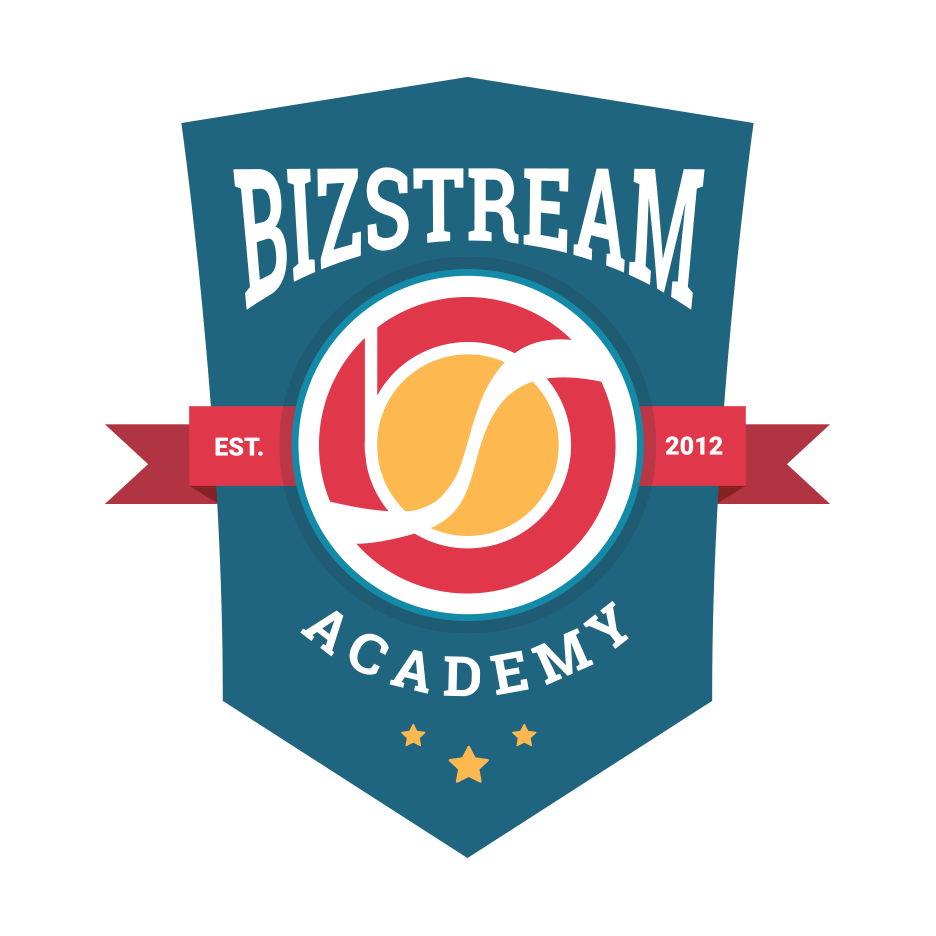
Welcome!
Intro to Academy and HTML
Welcome!
BizStream Academy It is here to provide affordable and accessible programs to learn software through mentorship and hands-on instruction.
Some "rules"
- We are here for you!
- Every question is important
- Help each other
- Have fun
Who is everyone?
Mentor and student Introductions
- What is your name?
- Why are you here?
- What is your favorite hobby?
Why do we do this?
- Programming Rocks!
- Great Jobs, Great Future
- Start at anytime, find your passion
How are we going to do this?
- Our Job: Spark interest and guide
- Mentors
- Final Project
- Independent Study
Schedule
Any Questions?
You can always email us questions at bizstream.academy.staff@bizstream.com


Tour Time!
Get Online
- Network: BizStream Academy
- Password: BZSA-Rocks!
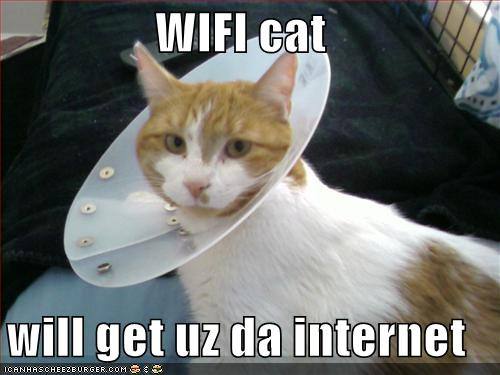
Download Editey
What is HTML?
HTML stands for HyperText Markup Language.
HTML is the programming language used on EVERY website. It is what the browser uses to render a web page by reading the tags and interpreting the content of the web page.
HTML consists of tags enclosed in angled brackets <html>, also known as elements, and most commonly come in pairs, with a beginning and an end. HTML is styled using CSS.
Example: <h1>Heading 1</h1>
Tip: Use the “View Source” option when viewing ANY web page
Static Content
Simply a file sitting in a folder on a server.
(could be html, txt, image, …)
How your computer talks to the server:
- Client (your computer) sends request via http
- server response is with a static file “word for word, bit for bit”
- then the client browser displays it
Dynamic Content
(back end/server side programming)
- Ever hear of: .Net, asp, php, ruby, C#, or python?
- Content generated on the fly by a script/program
-
How your computer talks to the server:
- Client (your computer) sends request via http
- Server responds with a program. It goes through functions, ifs, loops and so on to generate content (html) on the fly
- Then the client browser renders it
- In the end, the browser still displays it like static content. Once it leaves the server, it is static and is displayed that way
Enough Talk: Let's Code!
- Create a new folder in Google Chrome
- Right click and select Open With and then navigate to "Connect More Apps"
- Search for Editey and then Connect
- Close out and select Open With again and click Editey and allow all permissions
- Create a new workspace and then close out of the popup
- Select File and add New HTML File named index.html
Enough Talk: Let's Code!
<!DOCTYPE html>
<html>
<head>
</head>
<body>
<h1>Hello, World</h1>
<p>My first website!</p>
</body>
</html>
- Copy the code above into your index.html file.
- Save the file.
- Click on the eye icon above your code.
Congratulations, you just wrote your first HTML web page!
Creating Wireframes
- Wireframes outline the structure of a website before you build it.
- Web designers often use special software to build wireframes, but you can use paper and pen.

Terms
- Web design
The process of planning, structuring and creating a website
- Web development
The process of programming dynamic web applications
- Front end
The outwardly visible elements of a website or application
- Back end
The inner workings and functionality of a website or application.
Get Started: Folder Structure
All the files for your site should be stored within the same folder in Editey.
This includes:
- HTML Files
- CSS Files
- Images
- Script files
- Anything else that will appear on your site
Note: File names should not include spaces or special characters. File names ARE case sensitive.
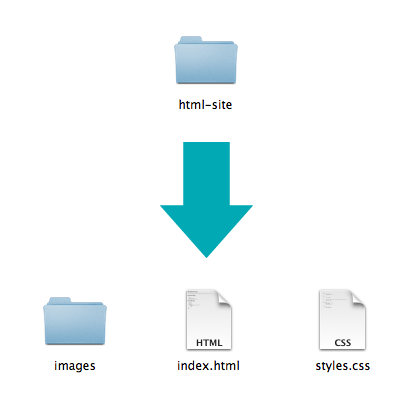
Final project
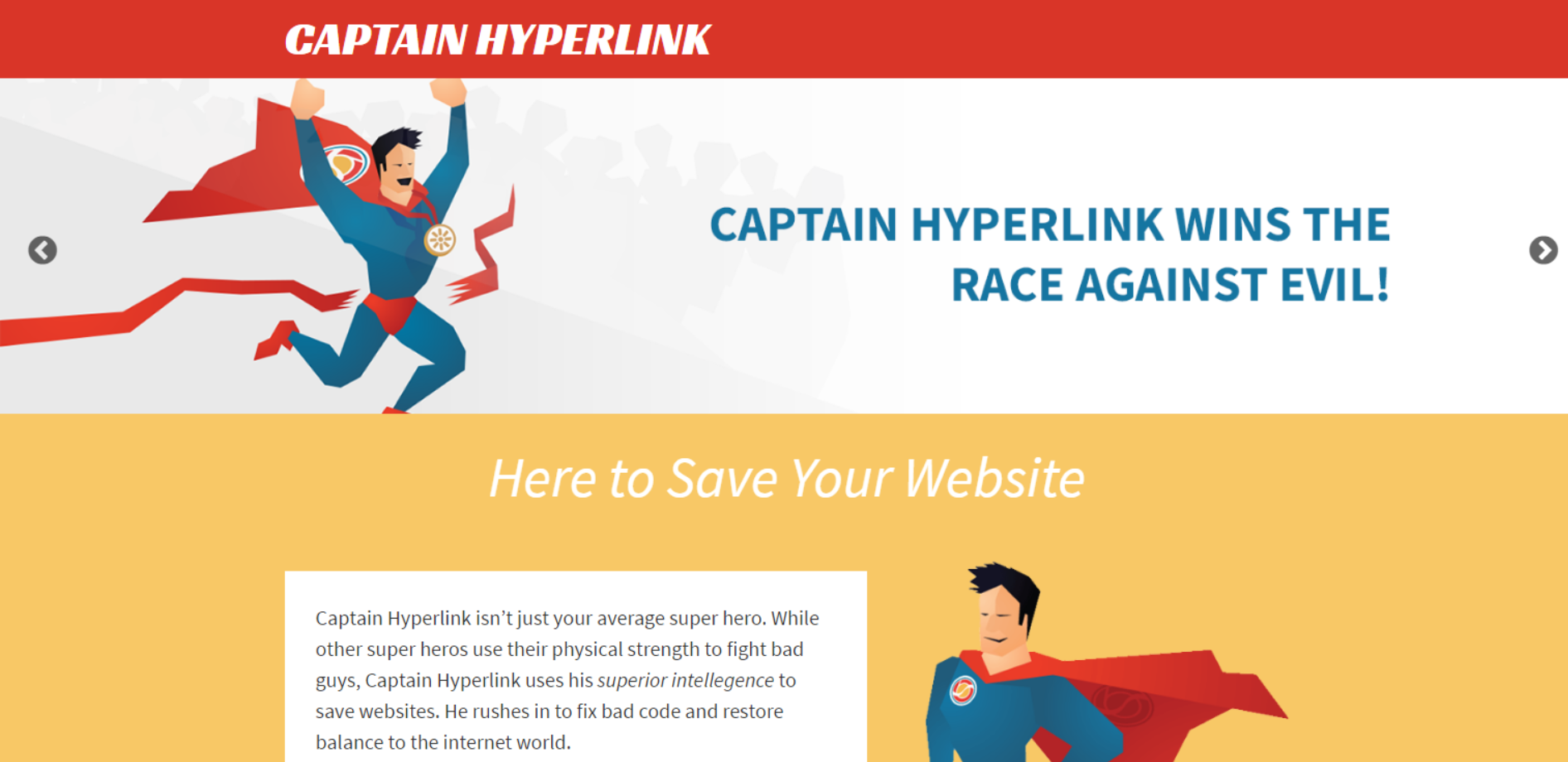
By the end of the class, you will have built a simple site using HTML and CSS on a topic of your choice. Here is one about our favorite superhero.
Anatomy of a website
Your Content
+ HTML: Structure
+ CSS: Presentation
= Your Website
A website is a way to present your content to the world, using HTML and CSS to present that content & make it look good.
Anatomy of a website
Concrete example:
- A paragraph is your content
- Putting your content into an HTML tag to make it look like a paragraph is structure
<p>A paragraph is your content</p> - Making the font of your paragraph green and 24px is presentation
A paragraph is your content
Anatomy of an HTML element
- Element
- An individual component of HTML
- Paragraph, heading, table, list, div, link, image, etc.
- Tag
- Marks the beginning & end of an element
- Opening tag and Closing Tag
- Tags contain characters that indicate the tag's purpose
<tagname>Stuff in the middle</tagname> -
<p> This is a sample paragraph.</p>
Tag Breakdown
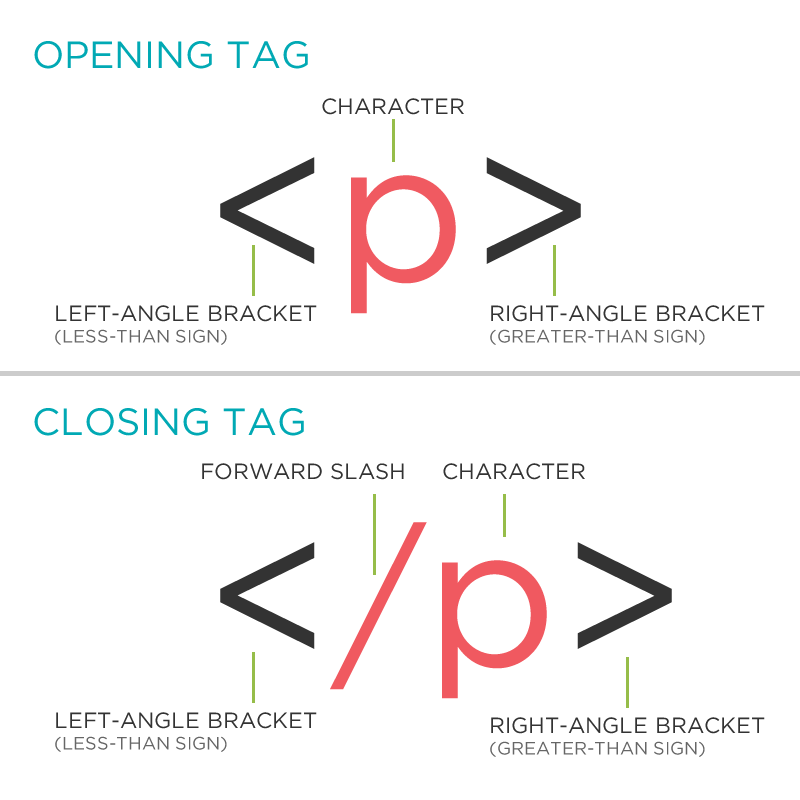
Doctype
The first thing on an HTML page is the doctype, which tells the browser which version of the markup language the page is using.
<!DOCTYPE HTML PUBLIC "-//W3C//DTD HTML
4.01 Transitional//EN" "http://
www.w3.org/TR/html4/loose.dtd">
<!DOCTYPE html>
* The doctype is case-insensitive.
DOCtype, doctype, DocType and DoCtYpe are all valid
(although that last one is pretty weird).
HTML Tag
After <doctype>, the page content must be contained between <html> tags.
<!DOCTYPE html>
<html>
</html>
Head and Body Tags
Head: The head contains the title of the page & meta information about the page. Meta information is not visible to the user, but has many purposes, like providing information to search engines.
Body: The body contains the actual content of the page. Everything that is contained in the body is visible to the user.
Enough Talk: Let's Code!
Let's get our web page set up with a doctype, head, title and body.
Later we'll add some content.
<!DOCTYPE html>
<html>
<head>
</head>
<body>
<h1>Hello, World</h1>
<p>My first website!</p>
</body>
</html>
Nesting
All elements "nest" inside one another
Nesting is what happens when you put other containing tags inside other containing tags. For example, you would put the <p> inside of the <body> tags. The <p> is now nested inside the <body>
Nesting: Example
Elements are 'nested' inside the <body> tag.
<body>
<p>A paragraph inside the body tag</p>
</body>
Paragraphs 'nested' inside list items.
<ul>
<li>
<p>A paragraph inside a list item</p>
</li>
</ul>
Element: Paragraph
<p>Paragraph 1</p>
<p>Paragraph 2</p>
<p>Paragraph 3</p>
<p>Paragraph 1</p> <p>Paragraph 2</p> <p>Paragraph 3</p>
<p>Paragraph 1</p>
<p>Paragraph 2</p>
<p>Paragraph 3</p>
Paragraph 1
Paragraph 2
Paragraph 3
* White space is only for humans. You can write your code with any spacing.
Example: Paragraphs
Paragraphs allow you to format your content in a readable fashion.
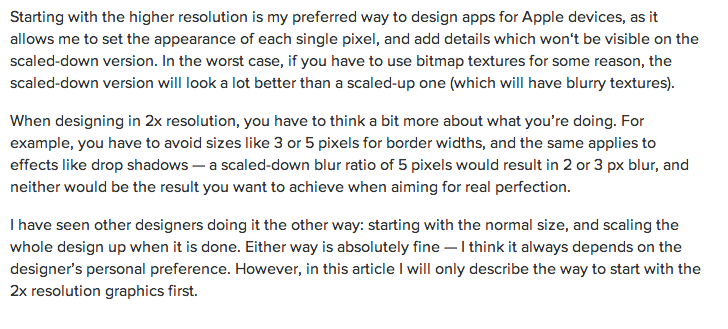
* You can edit how paragraphs are displayed with CSS
Questions?
Don't forget your homework!
